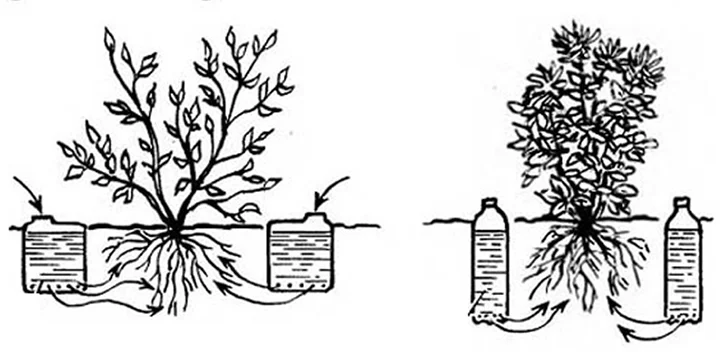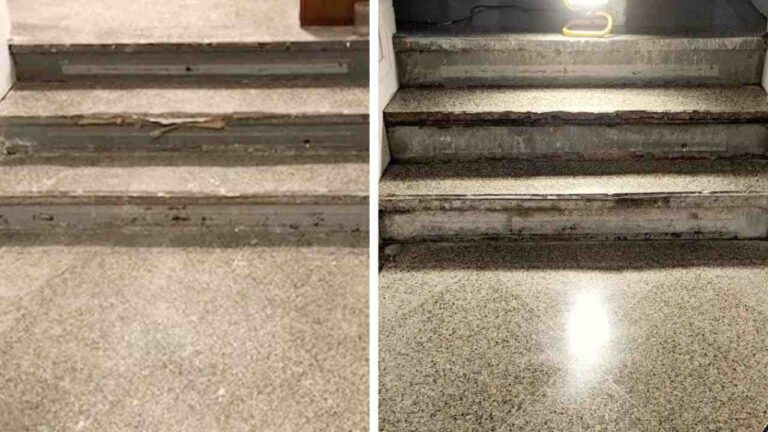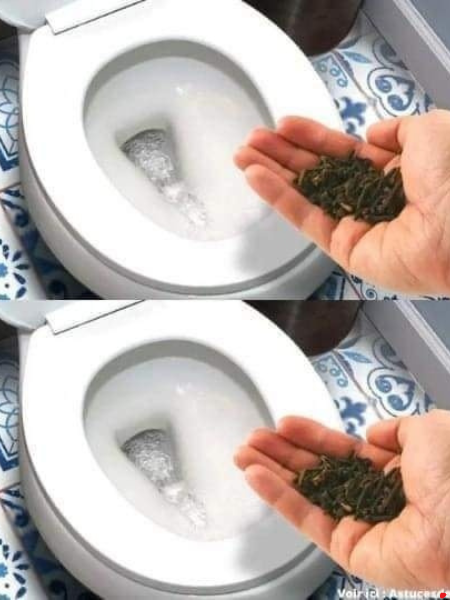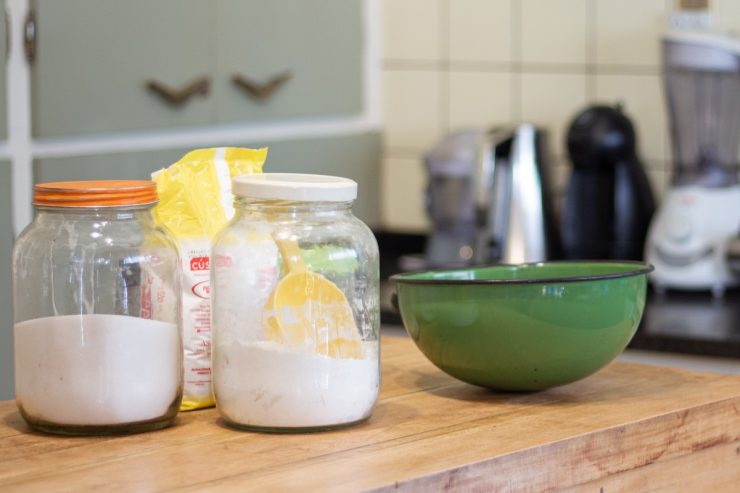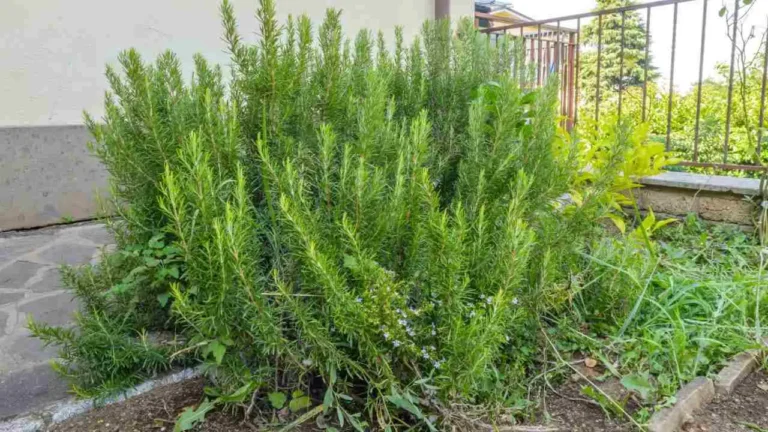How to make an automatic vegetable watering can using a bottle
**Vegetables, much like tomatoes, often require consistent and efficient watering to ensure optimal growth and development. Keeping them adequately watered, especially without unnecessarily wetting the leaves, can sometimes be a bit of a gardening conundrum. So how can you get the right moisture balance without waste? An automatic watering system with a bottle can offer an innovative solution!
Steps to Make an Automatic Vegetable Waterer:
- Choose a Plastic Bottle: Select an old plastic water bottle, a great way to reuse!
- Poke Small Holes: Using a sharp knife, poke small holes throughout the bottle to allow the water to slowly drain out.
- Bury the Bottle: Plant it in the ground near your vegetables, making sure the neck remains slightly above the surface.
- Fill with Water: Fill with water and allow the liquid to slowly seep into the soil around your plants.
Done! You just created an automatic sprinkler using a bottle! This crafty DIY watering system will make it easy for your veggies to self-hydrate right from the bottle. The constant drip of water at the roots not only minimizes waste, but also directs hydration exactly where it’s needed most. This method is not only economical, but also ingeniously practical.
Additional Gardening Goodies:
- Simultaneous Planting: When using this technique, make sure the bottle is planted at the same time as your vegetables to avoid any root disturbance.
- Never Drought Stress: This approach ensures that your plants are consistently moist, dramatically reducing the risk of drought stress and avoiding unnecessary leaf wetting.
- Terracotta Alternative: For an even more eco-friendly method, consider using a terracotta pot instead of a plastic bottle. Its porous nature allows water to penetrate without the need for drilled holes. Additionally, terracotta pots or humidifiers can be a sustainable option for indoor plants too.
- Why This Method? A reliable automatic watering system ensures that your vegetables receive an even, sustained supply of water, minimizing the threat of under- or over-watering. Especially at crucial stages of development, consistent moisture levels will significantly affect the health and yield of your vegetable patch.
In Summary: Maintaining a thriving vegetable garden requires intelligent water management. This simple yet effective bottle watering system allows gardeners to keep a properly hydrated vegetable bed without inadvertently wasting water. Try implementing this tip in your garden and watch how your vegetables thrive with consistent hydration at the root level!
Have you tried this trick yet? Share your experiences and any additional tips you may have for automatically watering vegetables in the comments below!
Do you like it? Share the inspiration with your friends!
